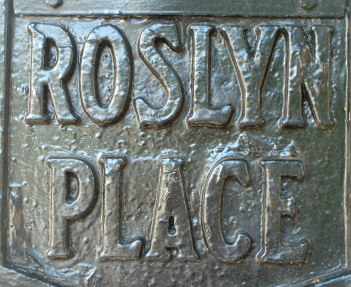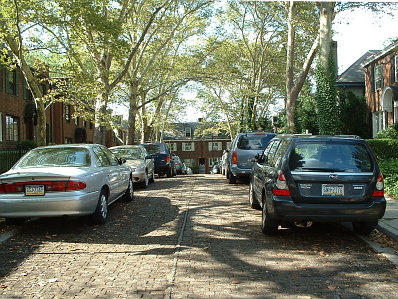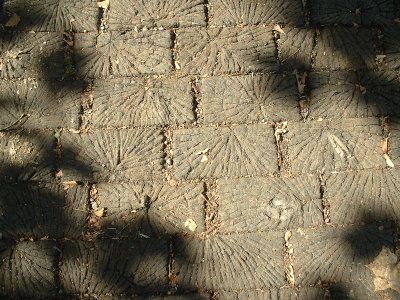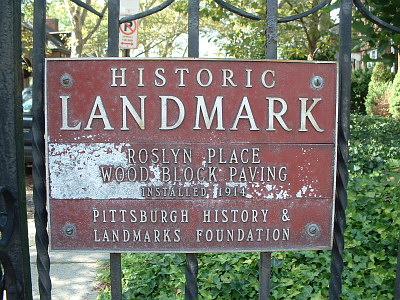
Henry Clay Frick specified that the William Penn should be the best hotel in America, so the best hotel was what he got. The building itself is notable for its restrained elegance; inside, it was the first hotel in the United States with a private bath in every room. At first glance it seems almost severely plain, but step back a block or so and the harmony of the proportions becomes more obvious. The ornament, too, is neither lavish nor gaudy, but simply in the very best taste. Nearly a century after it was built, the William Penn remains Pittsburgh’s most famous and most elegant hotel.





















